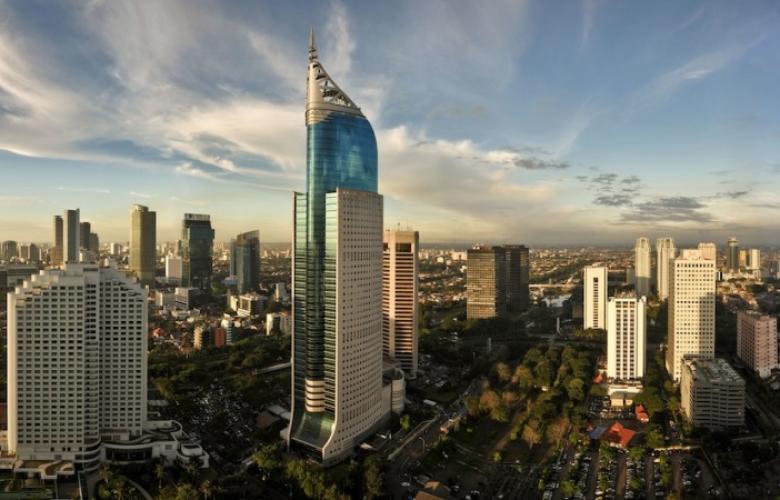Southeast Asia is a high growth region with exceptional demographics. Average GDP growth until 2020 is expected to be above 5 per cent annually, with the Philippines, Vietnam and Indonesia growing at 6 per cent or more. Seventy per cent of the population is below 40 years old, compared with 57 per cent in China. While most are aware of these facts, here are three lesser-known insights into Southeast Asia’s scale and growth.
Insight #1: Due to its higher growth rate, Southeast Asia will gain in scale and cannot be ignored.
By 2050, the Association of Southeast Asia Nations or ASEAN will be similar in size as Europe as the fourth largest economic zone in the World, after China, India and the US. Indonesia will be the fourth latest economy in the world, Philippines and Vietnam at 19th and 20th.
Chart 1: Top 20 economies in 2050 and annual growth rate

Source: PWC, JLL Research
Insight #2: There are 300 million Facebook users in Southeast Asia, higher than any other continent in the world.
A study by Google and Temasek Holdings estimates the ecommerce market could grow from US$5.5billion in 2015 to US$88billion in 2025, with Indonesia comprising 52 per cent of the market.
Click here to view a slideshow containing key conclusions from the research by Google and Temasek holdings.
Southeast Asian youths are sophisticated, tapped into social media and are using technology to leapfrog barriers. Consumers have bypassed computers and used their mobile phones to shop. About 20 to 30 per cent of those online in Southeast Asia have bought something via the internet in the last 30 days, a similar rate to the US or UK.
More youths outside cities are mobile shopping than those inside cities. As these consumers also have a strong preference for cash on delivery over credit cards and customer pick up rather than home delivery, we expect strong demand for community malls in Southeast Asia in the next few years.
Chart 2: Estimated facebook users

Source: Internetworldstats.com
Insight #3: Southeast Asia is winning manufacturers, many from China. More multi-national companies are relocating their factories to Southeast Asia and we expect the trend to continue. According to Deloitte, China will become less competitive, while Indonesia, Vietnam, Malaysia and India will rise the fastest in terms of competitiveness in attracting more factories over the next five years.
Chart 3: Deloitte’s Global manufacturing competitiveness index

Source: Global CEO survey by Deloitte, 2016
According to JLL "A key reason for the shift in manufacturing competitiveness is the rise in wage costs in China as it develops its innovation infrastructure and improves its technology. Compared to wages in Vietnam and Indonesia, China wages are now three to four times higher. Minimum local content laws in some Southeast Asia countries also drive manufacturers to relocate to these countries to serve the growing consumer populations. Our top markets for industrial development are Indonesia and Vietnam. Indonesia’s manufacturing output could accelerate to 6.5 per cent over the next five years, from 5 per cent currently.
Vietnam stands out with its skilled workforce and relatively low costs. Click here to veiw properties, news and blogs from the Vietnamese market.
Sources: JLL, Deloitte, Internetworldstats.com, PWC
Similar to this:
Swell of investment stock bodes well for real estate in 2017
Is the world looking to Asia Pacific?
What does China’s infrastructure masterplan mean for Asia?












